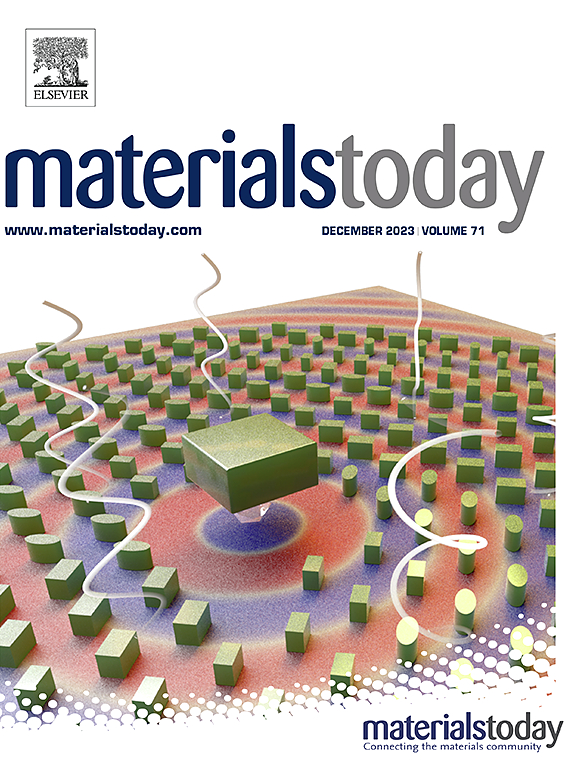Metal-organic framework-based composite adsorbents for atmospheric water harvesting: Materials and devices
IF 21.1
1区 材料科学
Q1 MATERIALS SCIENCE, MULTIDISCIPLINARY
引用次数: 0
Abstract
Water scarcity due to climate change and population growth poses a serious threat to human societies, and adsorbent-based atmospheric water harvesting (AWH) is expected to provide a solution for widespread access to safe drinking water. Metal-organic frameworks (MOFs) have emerged as promising candidates in the field of water adsorption due to their abundant adsorption sites, customizable pore structures, and stable structures. However, single-component MOFs may not be able to fulfill the practical needs due to their low water adsorption capacity and energy-consuming regeneration process. Compositing MOFs with other functional materials and synergistically combining their respective advantages can effectively solve this problem. In this review, we will introduce the hydrolytic stability of MOFs as well as the chemical and structural factors affecting their hydrolytic stability. We also systematically summarize the MOFs-based composite adsorbents (MBCA) reported in recent years and their advantages and disadvantages. In addition, we present a chronological overview of water harvesting devices based on MOFs. Their operation modes, including single-cycle and multi-cycle modes, were investigated. We conclude the review by discussing the challenges and prospects of MBCA for solar water production and provide insights into future developments.

大气集水用金属-有机骨架复合吸附剂:材料和装置
气候变化和人口增长导致的水资源短缺对人类社会构成了严重威胁,基于吸附剂的大气集水(AWH)有望为广泛获得安全饮用水提供解决方案。金属有机骨架(mof)由于其丰富的吸附位点、可定制的孔隙结构和稳定的结构而成为水吸附领域的有前途的候选者。然而,单组分mof由于其吸附能力低,再生过程耗能大,可能无法满足实际需要。将mof与其他功能材料复合,协同结合各自的优势,可以有效解决这一问题。本文将介绍mof的水解稳定性以及影响其水解稳定性的化学和结构因素。对近年来报道的mofs基复合吸附剂(MBCA)及其优缺点进行了系统总结。此外,我们还介绍了基于mof的集水装置的时间顺序概述。研究了它们的工作模式,包括单循环和多循环。最后,我们讨论了MBCA用于太阳能制水的挑战和前景,并对未来的发展提出了见解。
本文章由计算机程序翻译,如有差异,请以英文原文为准。
求助全文
约1分钟内获得全文
求助全文
来源期刊

Materials Today
工程技术-材料科学:综合
CiteScore
36.30
自引率
1.20%
发文量
237
审稿时长
23 days
期刊介绍:
Materials Today is the leading journal in the Materials Today family, focusing on the latest and most impactful work in the materials science community. With a reputation for excellence in news and reviews, the journal has now expanded its coverage to include original research and aims to be at the forefront of the field.
We welcome comprehensive articles, short communications, and review articles from established leaders in the rapidly evolving fields of materials science and related disciplines. We strive to provide authors with rigorous peer review, fast publication, and maximum exposure for their work. While we only accept the most significant manuscripts, our speedy evaluation process ensures that there are no unnecessary publication delays.
 求助内容:
求助内容: 应助结果提醒方式:
应助结果提醒方式:


